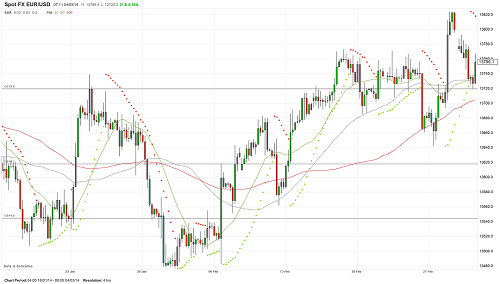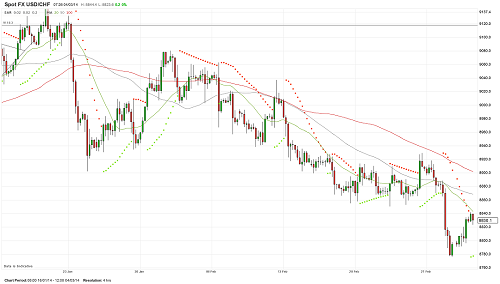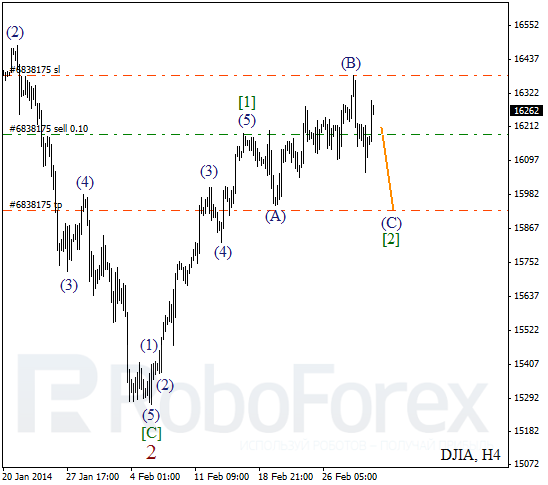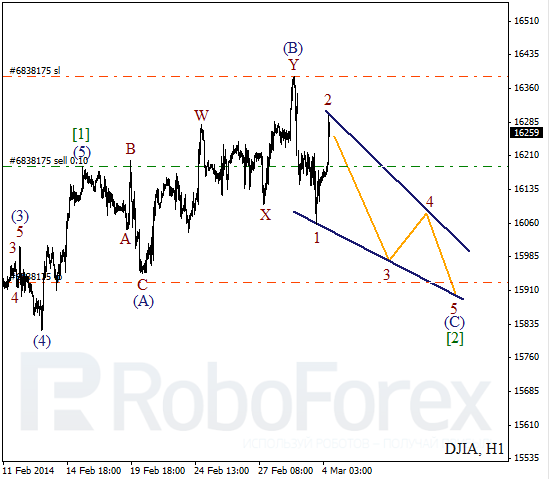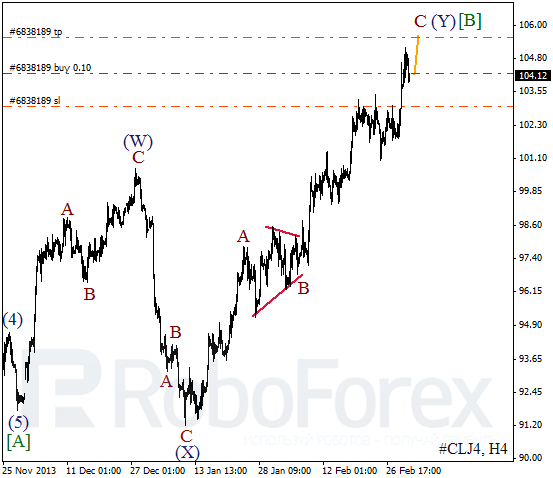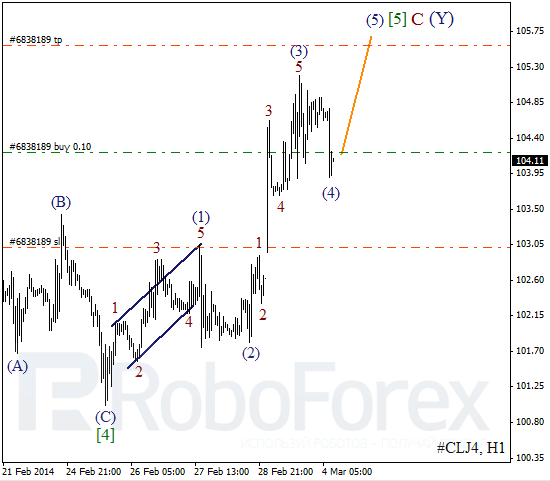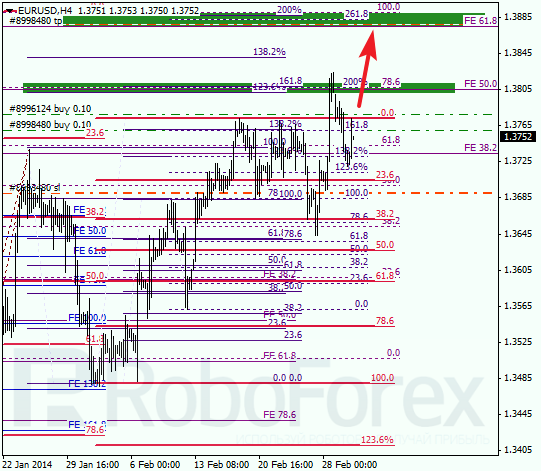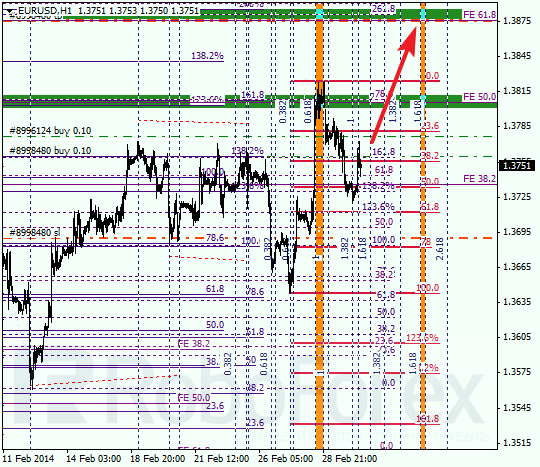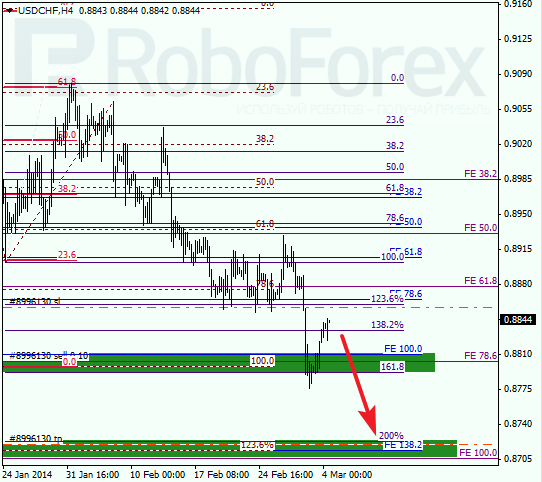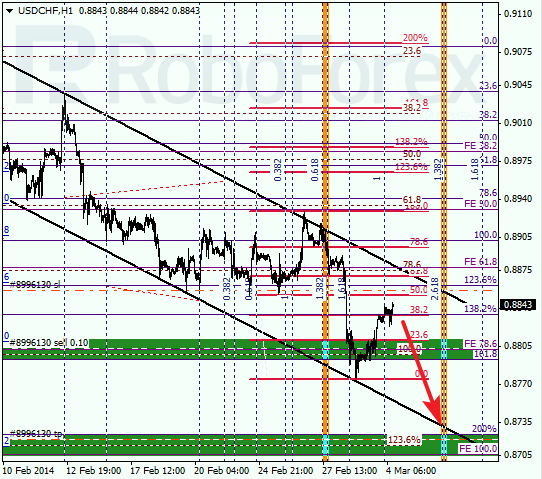By HY Markets Forex Blog
Prices for the North American West Texas Intermediate (WTI) climbed near its highest price since September, while Brent crude remained steady as Russia ordered troops to return to Base, according to the Russian news agencies.
Crude prices traded higher on Monday, after Ukraine its army in response to Russia sending its troops to take control of the Crimea peninsula.
Meanwhile, distillate stockpiles, including heating oil and diesel, probably declined by 1 million barrels in the last week, according to analysts before the Energy Information Administration report due on Wednesday.
The West Texas Intermediate Crude for April delivery was at 0.82% to $104.06 a barrel on the New York Mercantile Exchange on Tuesday, the highest level since September.
While Brent crude for April settlement dropped below $111 per barrel on Tuesday on the ICE Future Europe exchange. The European benchmark crude was at a premium of $6.49 to WTI.
WTI – US Crude Supplies
The North American WTI climbed 5.2% higher in the previous month as the freezing weather in the US boosted the demand for heating fuels and crude stockpiles at Cushing, Oklahoma; the delivery point for the crude.
According to analysts, the US crude inventories probably added 1.15 million barrels in the week ending February 28 before the Energy Information Administration (EIA) report. While Gasoline supplies are forecasted to have dropped by 1 million.
A separate stockpiles report from the American Petroleum Institute is expected to be released later in the day.
Ukraine Crises
On Monday, the crises between Ukraine and Russia; the world’s biggest energy exporter, escalated when the Russian President Vladimir Putin gave the Ukrainian troops the ultimatum to surrender.
The move was broadly condemned by western leaders, as the US Secretary of State John Kerry arrived Kiev on Monday and threatened Russia with visa bans, sanctions, trade restrictions and to remove Russia from the G8.
However, tensions in the markets were eased after the Russian President ordered troops to return to base, the Russian news agencies quoted the Kremlin spokesman’s speech on Tuesday.
Visit www.hymarkets.com to find out more about our products and start trading today with only $50 using the latest trading technology today
The post WTI Climbs Near Five-Month High; Russia Orders Troops To Return appeared first on | HY Markets Official blog.
Article provided by HY Markets Forex Blog
